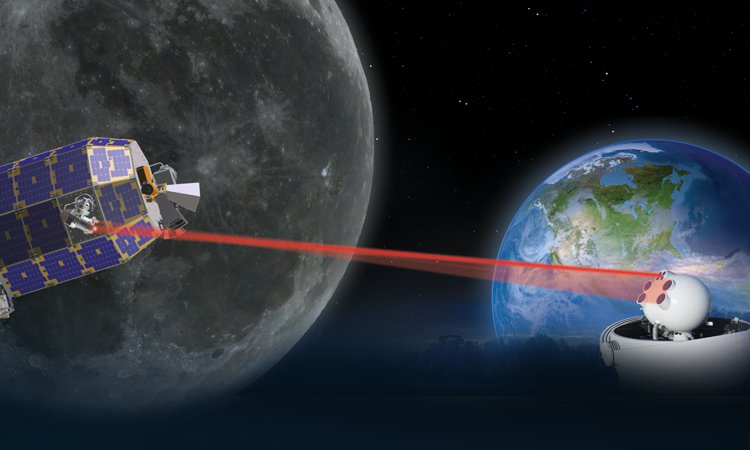Deep Space Optical Satellite Communications

Radio & Satellite Communications Group of ECE-NTUA, led by Associate Professor Athanasios D. Panagopoulos, has participated with success in the European Space Agency’s Funded Project: Deep Space Optical Link Budget SW Tool. Principal researcher of the project was Dr. Nikolaos K. Lyras.
The data rate requirements of science and exploration missions in deep space are ever-increasing, mostly due to the number and refinement of science instruments onboard the spacecraft. For repatriating the increased data back to Earth, the communication link is the bottleneck. To tackle this issue for future missions, space agencies in the frame of Consultative Committee for Space Data Systems have recently propose a deep-space optical specification implementing serially concatenated pulse position modulation signaling. The subject of this project was to deliver a tool to European Space Agency based on this standard. The proposed methodology assesses also the sensitivity of the deep-space optical link on multiple factors (modulation order, code rate, slot width) without resorting to lengthy coded (BER) evaluations. Finally, the new developed tool will be used for the design of deep-space missions by European Space Agency.
More details for the results of Radio & Satellite Communications Group research on Deep Space Satellite Communication Networks can be found in the following publication:
N. K. Lyras, A. D. Panagopoulos and P. Arapoglou, "Deep-Space Optical Communication Link Engineering: Sensitivity Analysis," in IEEE Aerospace and Electronic Systems Magazine, vol. 34, no. 11, pp. 8-19, 1 Nov. 2019.
Also, information can be found in the attached poster.
